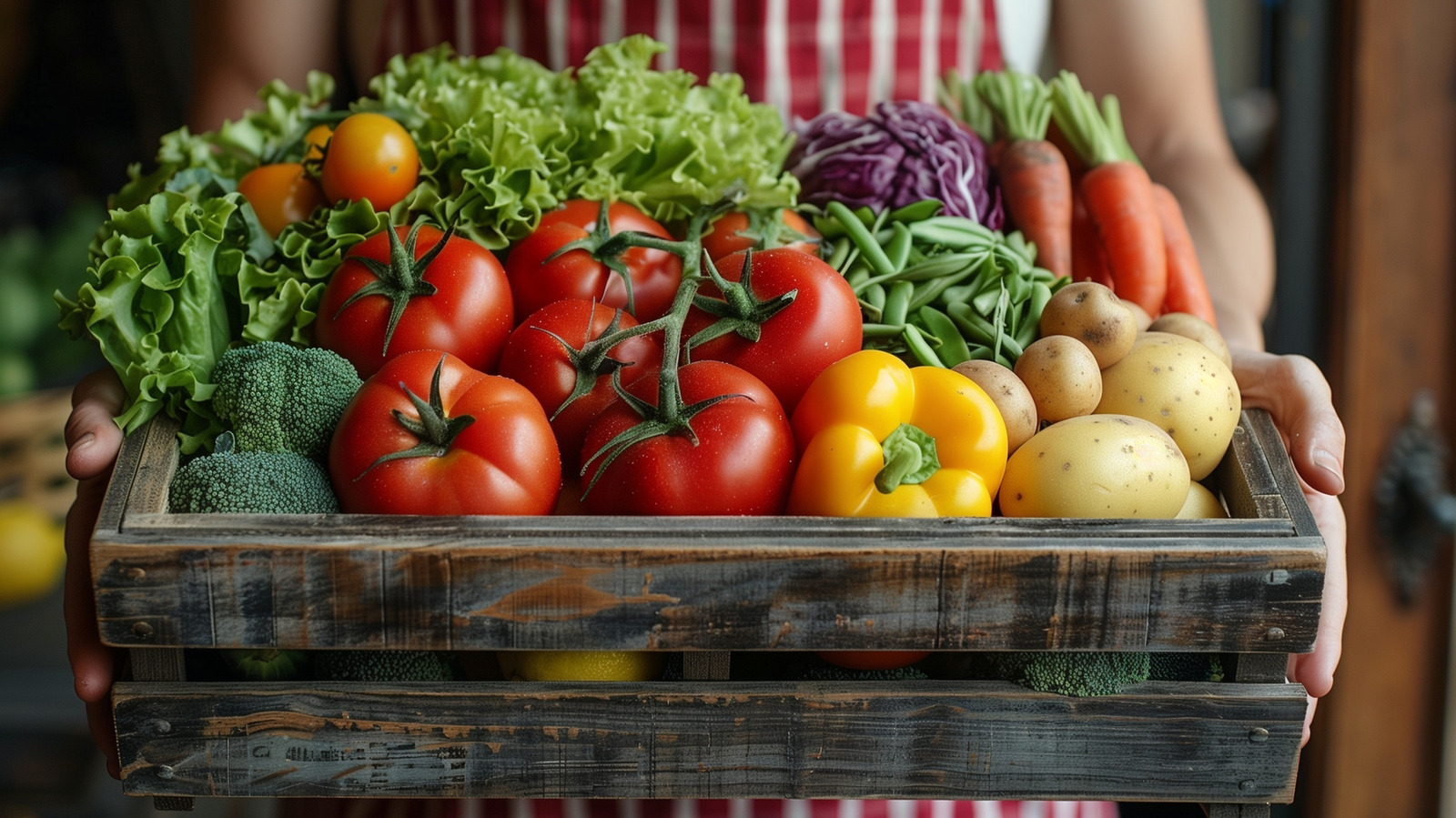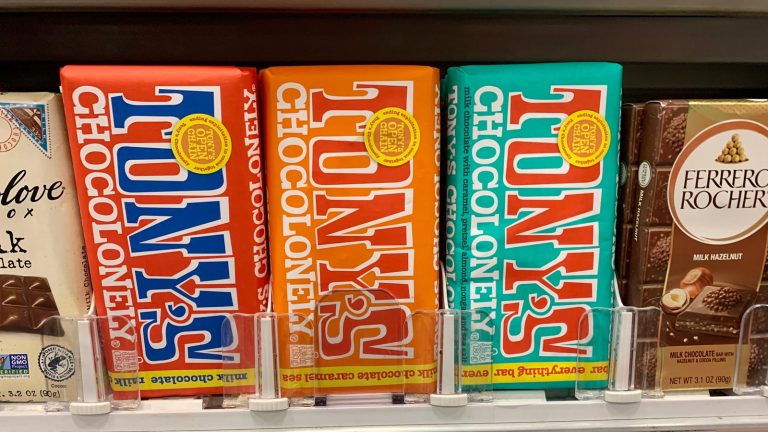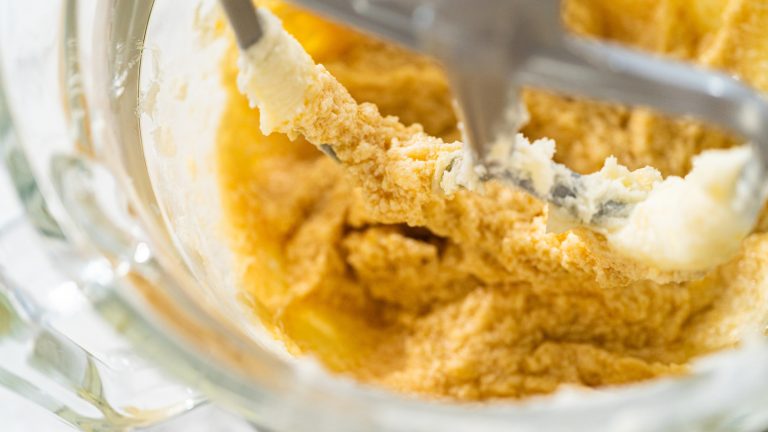A crinkled pepper? Or squashy cucumbers? The untimely demise of fruit and vegetables is an Achilles’ heel for many gardeners. After all that effort growing produce in your garden, it seems unfair that it expires so quickly. Without lasting freshness, it’s impossible to progress to the more exciting stages, like tips you need when cooking with vegetables. It’s a waste, and it’s frustrating. Luckily, there’s a simple fix: Soak freshly harvested fruits and vegetables in cold water.
The process is simple. After selecting your produce, immediately fill a sink (or suitable container) with fresh water, and allow the fruit and vegetables to soak for several hours. The harvested items absorb the moisture, increasing their water content before they suffer the dehydrating strain of refrigerator storage. This straightforward hack is ideal for keeping homegrown goodies fresh and firm for longer. A lengthy bath is a game-changer for many types of produce, including lettuce, cucumbers, peppers, beans, and radishes.
There is an important caveat, though: Not everything benefits from a cold water bath. Research beforehand and avoid soaking items like onions, potatoes, and garlic. Equally, note that time is of the essence; cold water soaking won’t resurrect extremely limp-looking veggies — act quickly as a preventative measure. Did you know that plants fluctuate in hydration throughout the day? Experienced self-harvesters know to restrict plucking to early-morning slots to combat volatile moisture levels in fresh produce. Apply the same savviness to timely soaking.
How to keep onions, potatoes, and garlic fresh
Tempted to soak onions, potatoes, or garlic? Proceed at your own peril. Interestingly, excessive moisture is the enemy of this obtuse trio — dodge the post-harvest bathing ritual unless you want to speed up spoilage. At least the life-lengthening hack here is simple: Do nothing except store correctly. For garlic, this can be as easy as leaving bulbs in a bowl on your countertop.
It’s straightforward in theory. However, the truth is, these veggies are more often demanding than initially advertised. For instance, you’ve probably been storing onions wrong this whole time. Most people know to skip the fridge and opt for dry-but-ventilated choices like cellars or pantries for potatoes and onions (the only type of onions that should be refrigerated are green onions, like spring or leek varieties). But these fussy blighters have a long list of requirements should you wish to aim for full freshness potential. One example is cross-contamination; when onions and potatoes are stored together, they antagonize and accelerate each other’s spoilage. Who knew you needed a seating plan for your homegrown veggies?
Aside from their aversion to the ethylene gas that onions produce, potatoes are also particularly sensitive to high temperatures. The trick to preserving freshness for these three outliers hinges on well-researched storage. Any moisture, poor pairings, or creeping temperatures? Expect an early exit.






